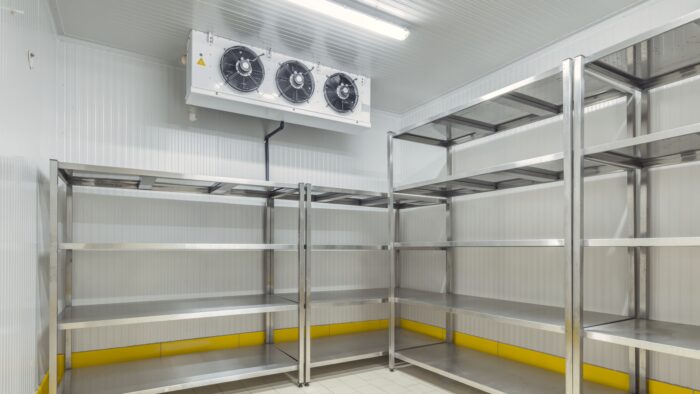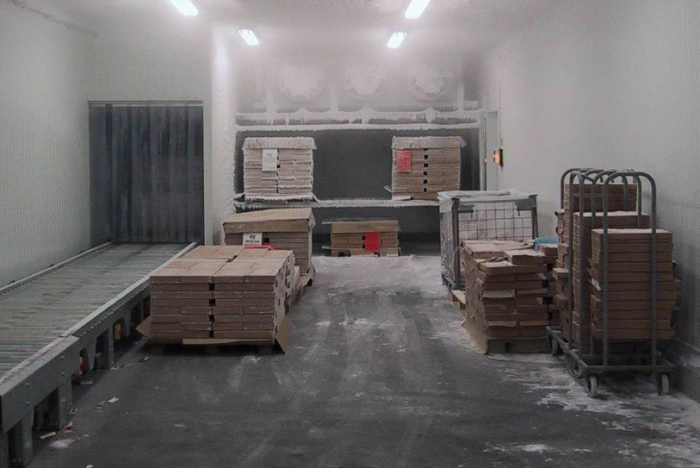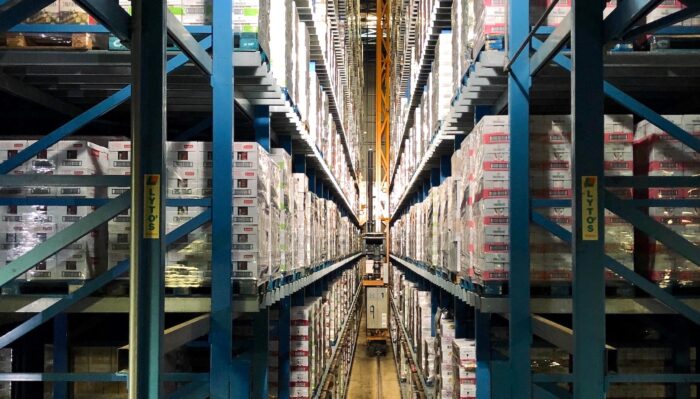
In today’s rapidly evolving business landscape, inventory management stands as the unsung hero of seamless warehouse operations. Inventory ensures timely delivery, customer satisfaction, and effective resource allocation. From the smallest local businesses to expansive multinational enterprises, it’s the precise art of managing stock that ensures operations flow effortlessly. A key element in this equation? Warehouse coolers and freezers.
These specialized storage solutions aren’t just oversized refrigerators—they’re the backbone of many businesses, ensuring that products retain their quality and freshness. In this post, we’ll delve deep into the world of warehouse cooling and freezing and their profound impact on inventory management.
The Role of Warehouse Coolers and Freezers in Inventory Preservation
Warehouse coolers and freezers are the first line of defense in safeguarding product quality. Products, once produced, are vulnerable to environmental factors. For many goods, particularly food products, maintaining optimal temperatures is crucial. By ensuring products are kept at the right temperature, businesses can significantly extend their shelf life, leading to less waste and more profits.
Yet, it’s not just about turning on a cooler or freezer. The arrangement and organization of products within these spaces are just as crucial. Products must be organized methodically to ensure equal cooling, avoid overstocking, and prevent spoilage, ensuring customers receive only the best.

Inventory Management Best Practices for Warehouse Coolers and Freezers
A seamless inventory system begins with organization. The First-In-First-Out (FIFO) system ensures that older stock is used before the new, reducing the risk of spoilage. Beyond FIFO, effective labeling and tracking are paramount. Barcodes, QR codes, or RFID tags can help in easy product identification, ensuring that businesses can accurately track their stock.
Finally, inventory audits and cycle counts, performed consistently, can prevent discrepancies, ensuring the numbers align with what’s physically present, creating a foundation for accurate business decisions. If you want to have the best from both worlds and take the best out of your cold storage you need to seek the best solutions available on the market in terms of both cooling and the ability to take good care of your inventory.
Cost Savings and Efficiency Gains with Cooler and Freezer Usage
Utilizing coolers and freezers isn’t just about product preservation—it’s also about optimizing costs and efficiency. Modern cooling solutions, when maintained, consume less energy, saving on operational costs. Furthermore, with vertical storage solutions and adjustable shelving, warehouses can store more in less space. This efficient use of space also aids in faster inventory retrieval and order fulfillment, enabling businesses to respond swiftly to customer needs and market demands.
Temperature Monitoring and Maintenance
Consistency is key in temperature control. Even minor fluctuations can affect product quality, leading to potential revenue losses and dissatisfied customers. Hence, integrating temperature alarms and automated alerts is paramount for business continuity. But technology alone isn’t enough. Regular maintenance, from checking door seals to ensuring compressors are in prime condition, ensures longevity and efficiency, promising fewer disruptions and a smoother operational flow.

Technology Solutions for Inventory Management
In our digital age, marrying inventory management software with temperature controls is not just ideal—it’s essential. IoT-enabled sensors offer real-time data, allowing businesses to respond promptly to any discrepancies, ensuring a proactive approach to challenges. Moreover, RFID tracking paints a clearer picture of inventory, right down to the exact shelf and aisle, offering insights that can drive sales and optimize stock levels.
Compliance and Safety Considerations
With great power comes great responsibility. Warehouses must adhere to stringent food safety regulations and guidelines. This means understanding the unique needs of different products and storing them accordingly, ensuring public health and business reputation. It also means ensuring that staff is adequately trained, understanding the nuances of different products, and the importance of maintaining temperature integrity, ensuring that product quality is uncompromised.
Minimizing Inventory Losses During Power Outages
Power failures can spell disaster. Hence, having backup power solutions is critical. But power backups alone aren’t enough. Emergency response plans, clear communication channels, and understanding potential risks during extended outages can make all the difference between minor inconvenience and significant financial loss. Being prepared ensures that businesses can quickly adapt, minimizing downtime and ensuring uninterrupted service.

The Impact of Warehouse Cooling on Perishable vs. Non-Perishable Inventory
Perishable goods present their own set of challenges—from their short shelf life to their sensitivity to temperature fluctuations. On the other hand, non-perishable goods, while hardier, also benefit from consistent temperatures, ensuring longevity and quality. Striking the right balance and understanding the unique needs of each product type is essential, allowing businesses to cater to a wider market while maintaining high-quality standards.
Case Studies: Success Stories in Inventory Management with Warehouse Coolers and Freezers
Real-world examples abound of businesses transforming their fortunes with robust inventory management. From small businesses reducing spoilage by over 50% to large enterprises streamlining operations and boosting profits, the benefits are tangible and substantial.
Analyzing their strategies offers a goldmine of insights for businesses of all scales. These stories are not just motivational but offer pragmatic strategies for those willing to learn and adapt.
Future Trends in Warehouse Cooling and Inventory Management
The world of warehouse cooling is on the cusp of a revolution. As sustainability becomes the mantra, newer, eco-friendly cooling solutions are making waves. AI and machine learning, with their predictive capabilities, promise to usher in an era of inventory management that’s more art than science.
Yet, with these advancements come challenges—navigating them will determine the victors in the inventory management game. Staying ahead of the curve ensures businesses remain competitive in an ever-evolving market.

Conclusion
Warehouse coolers and freezers, while seemingly simple, have profound implications on inventory management. They aren’t just tools—they’re catalysts that can propel businesses to new heights. For businesses looking to carve a niche, invest not just in coolers and freezers but in understanding their full potential.
In the intricate dance of inventory management, they’re partners that lead the way, promising both preservation and profitability. As the market evolves, those who leverage these tools effectively will undoubtedly lead the pack.











